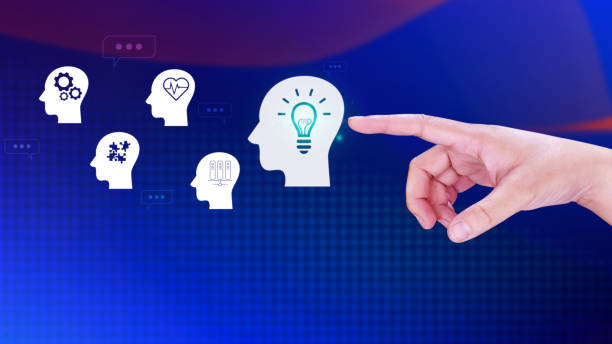In modern care, there’s a growing understanding that the best support doesn’t come from choosing between technology and compassion; it comes from combining both. As healthcare evolves, the most effective models are those that pair human intuition with practical innovation. By blending personal connection with data-driven tools, care becomes more responsive, respectful, and empowering for everyone involved.
For families exploring long-term care options or professionals aiming to improve outcomes, it’s important to understand how these two elements work together. This guide explores what smarter care looks like when it’s guided by genuine human insight and delivered with dignity.
Why Human Insight Still Leads the Way
At the heart of high-quality care is a simple truth: people care for people. Compassion, understanding, and personal connection can’t be replaced by systems or screens. Human insight allows carers to notice subtle changes in behavior, offer emotional support, and adapt care to individual personalities and preferences.
This kind of insight creates trust. It helps people feel seen and valued, not simply managed. While technology can provide useful data, it’s the carer’s ability to interpret and respond with empathy that truly improves quality of life.
What Smarter Care Models Look Like
Smarter care models use tools that help streamline services, improve consistency, and personalise support. Examples include:
- Digital health monitoring that tracks key indicators like heart rate or mobility
- Automated medication reminders that help ensure accuracy
- Environmental controls such as lighting and temperature settings based on individual needs
- Care coordination software that keeps teams aligned and informed
These tools are designed to enhance the day-to-day experience of residents and carers. They remove some of the pressure from routine tasks, allowing more time for genuine interaction and tailored support.
Where Technology and Empathy Come Together
The most successful care homes don’t rely solely on systems. Instead, they use technology to strengthen the role of the human caregiver. For instance, while sensors may alert staff to a restless night, it’s the carer who asks questions the next morning and offers reassurance.
Similarly, data on eating habits may help guide nutritional planning, but it’s the shared conversation over lunch that makes a meal feel comforting and familiar.
Homes like care homes in Weymouth offer excellent examples of this balance. They combine thoughtful care planning with real human presence, ensuring residents receive both expert support and emotional warmth.
The Benefits of a Balanced Care Model
When human understanding is combined with smart tools, the benefits multiply. Individuals and families can enjoy:
- Better safety through monitored health indicators and early risk detection
- More consistent care with records that support clear communication across teams
- Improved wellbeing as routines are adapted to individual needs
- More time for personal connection between staff and residents
This approach ensures that care remains efficient without losing its personal touch. It allows for a more proactive response to changes in health while supporting a warm and familiar living environment.
How to Identify a Forward-Thinking Care Home
When exploring residential care options, it’s helpful to ask:
- Does the home use technology to improve resident comfort and safety?
- Are staff trained to respond with both skill and empathy?
- Is there flexibility to personalize care plans as needs change?
- Are families kept involved and informed?
- Does the home create opportunities for meaningful connection and community?
At the leading care homes, these questions are answered with confidence. Residents are supported by carers who have access to helpful tools, but who never lose sight of the human connection that matters most.
A Future Built on Insight and Innovation
The care landscape is changing, and with it comes the chance to do things better. Blending human insight with smarter care models creates a more dynamic, flexible, and thoughtful approach to wellbeing.
This future doesn’t remove the warmth from care; it adds to it. By giving staff more support and residents more tailored experiences, we build environments where people can truly thrive.



